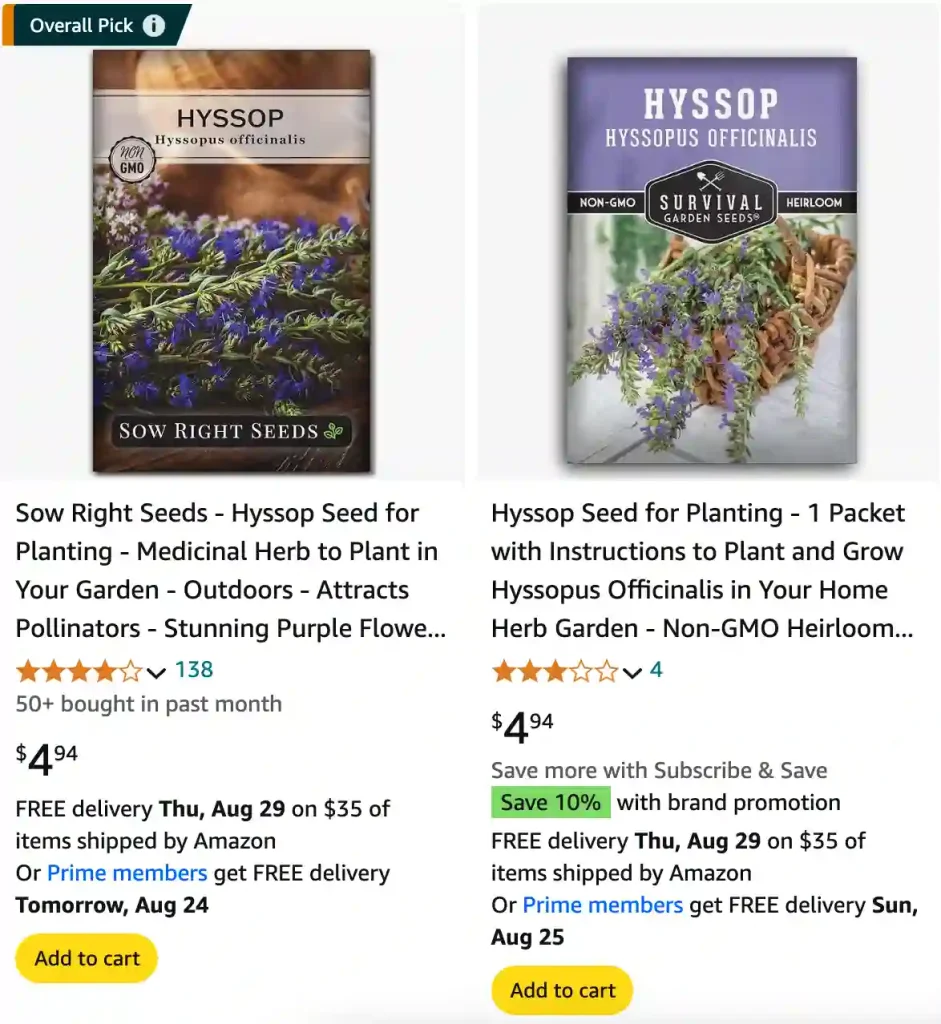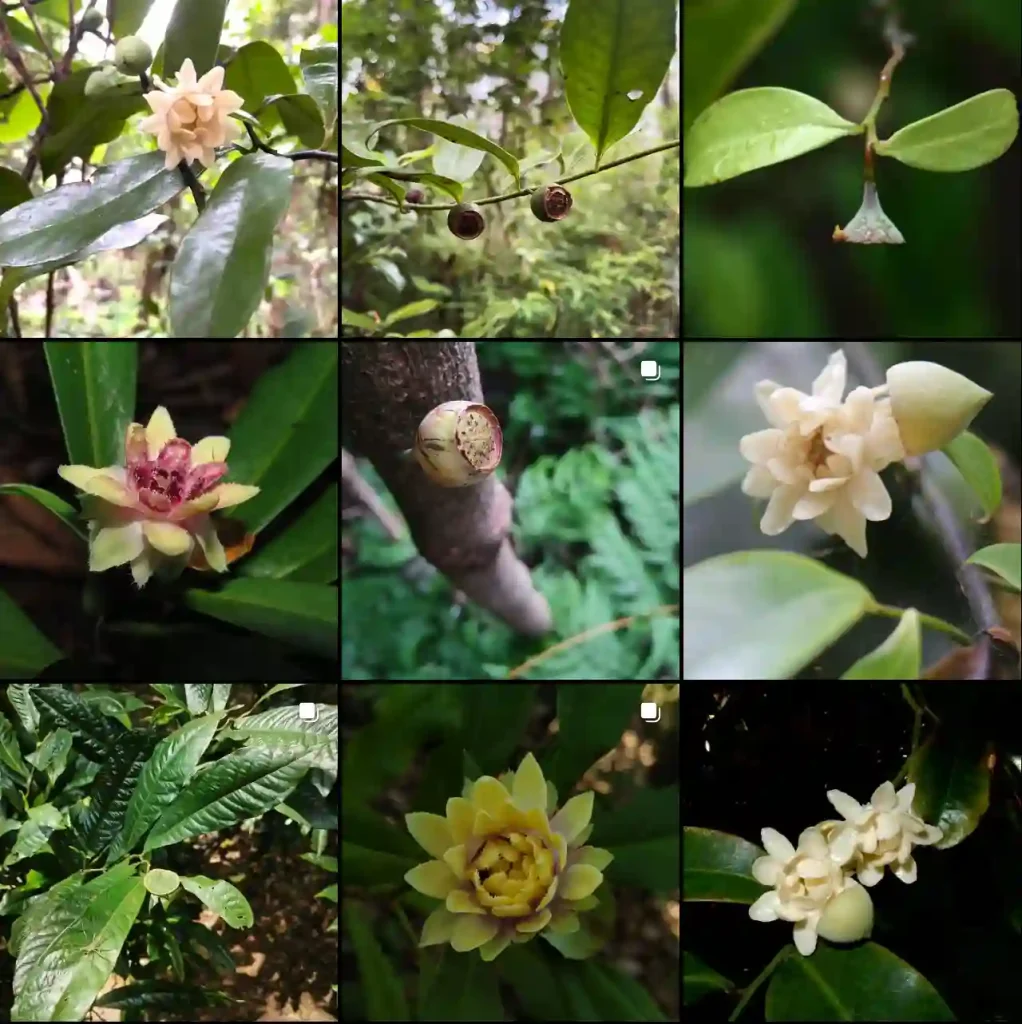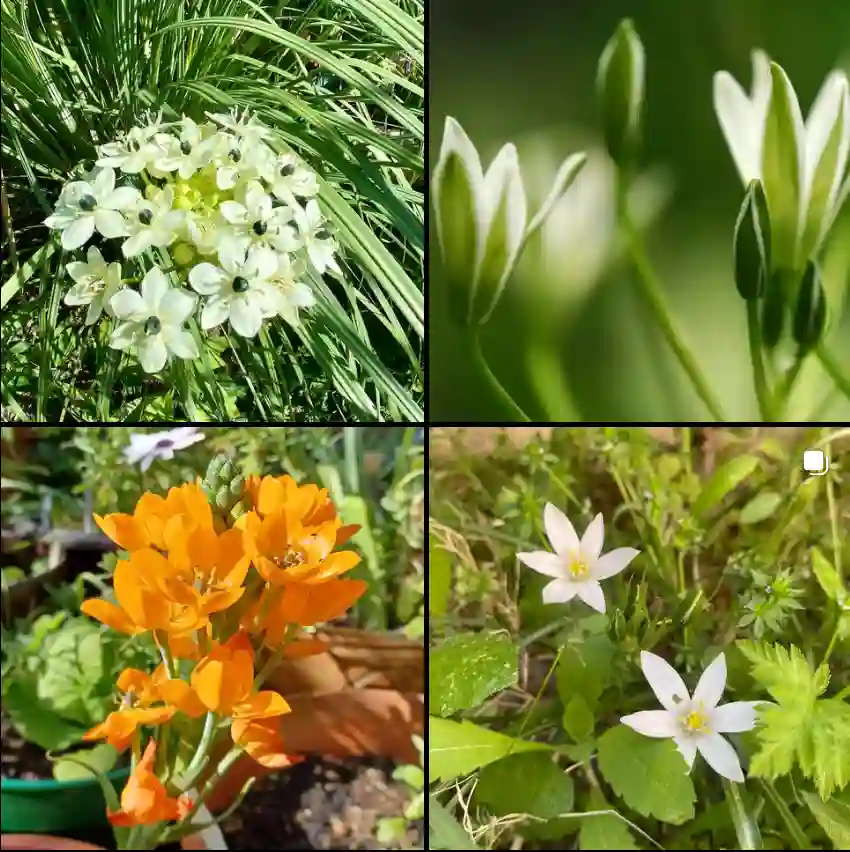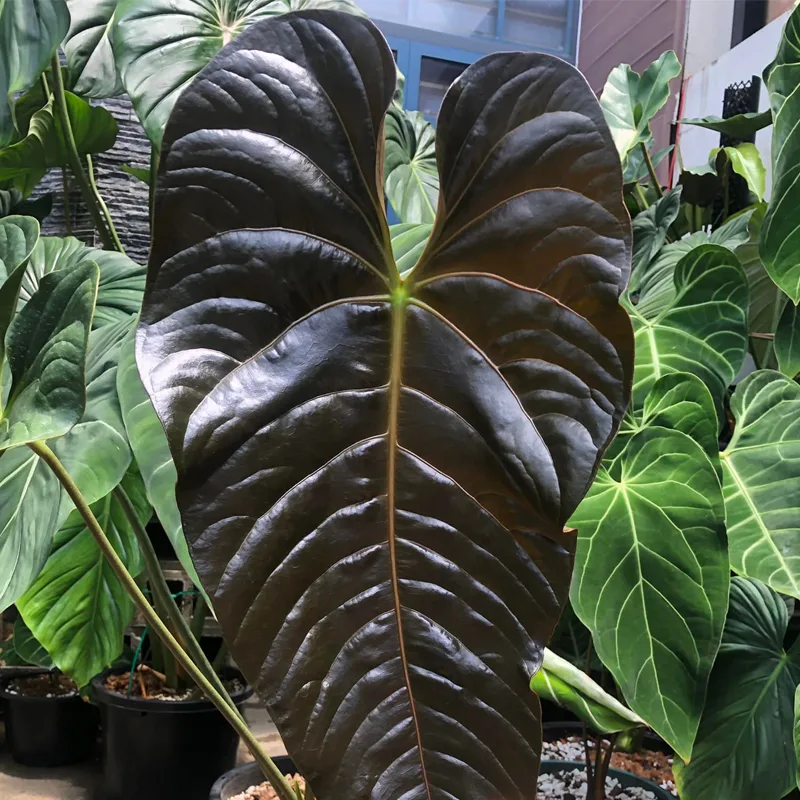
Exploring Hyssop: A Comprehensive Guide
Hyssop, a herb that has been revered for centuries, continues to intrigue gardeners and herbal enthusiasts alike. With its rich history, medicinal properties, and unique characteristics, it’s no wonder that people have many questions about this fascinating plant. In this article, I’ll share my insights on the most frequently asked questions about Hyssop, delving into its uses, cultivation, and comparisons with similar plants.
What is Hyssop?
Hyssop (Hyssopus Officinalis, a synonym of Dracocephalum Officinale) is a perennial herb belonging to the Lamiaceae family. It’s known for its aromatic leaves and small, blue, purple, or white flowers. Hyssop has been used for medicinal, culinary, and religious purposes for centuries. It thrives in well-drained soil and full sun, making it a popular choice in herb gardens.
Plant Family: 225 Genera in Lamiaceae
Where to Buy Hyssop?
Finding Hyssop isn’t too difficult, especially if you know where to look. I’ve had good luck purchasing Hyssop from local nurseries and garden centers, particularly those specializing in herbs and perennials. Online seed and plant retailers are also reliable sources, offering a variety of Hyssop plants and seeds. Always ensure you’re buying from a reputable seller to get high-quality, healthy plants or seeds.
Is Hyssop Invasive?
One common concern among gardeners is whether Hyssop is invasive. From my experience, Hyssop is not invasive. It grows in a well-behaved clump and does not spread aggressively like some other herbs. However, if left unchecked, it can self-seed, so I usually deadhead the flowers to prevent unwanted spread.
What Does Hyssop Smell Like?
Hyssop has a strong, minty aroma with a hint of sweetness. Some describe its scent as a mix of mint, camphor, and earthy tones. I find it to be refreshing and invigorating, which is why I often include it in my herb garden for its fragrance alone.
What is Hyssop Used for in the Bible?
Hyssop holds significant historical and religious importance. In the Bible, it is mentioned several times, most notably in the context of purification rituals. It was used in the Old Testament for cleansing and symbolized spiritual purification. This historical connection adds a layer of depth to growing and using Hyssop today.
How to Make Hyssop Tea?
Making Hyssop tea is a simple process. I like to harvest fresh Hyssop leaves, though dried leaves work well too. Just steep about a teaspoon of the leaves in hot water for 5-10 minutes, strain, and enjoy. The tea has a mildly minty flavor with a slight bitterness, which I find soothing, especially when I’m feeling under the weather.
How to Use Dried Hyssop?
Dried Hyssop is incredibly versatile. I often use it in teas, as a seasoning for meats and soups, or even in potpourri for its fragrance. The dried leaves retain much of their aromatic qualities, making them a valuable addition to the pantry.
How to Harvest Hyssop?
Harvesting Hyssop is straightforward. I usually cut the stems just before the flowers fully open, as this is when the leaves are most potent. Using sharp scissors or pruners, I snip the stems early in the morning when the essential oils are most concentrated. The harvested stems can be used fresh or dried for later use.
Is Hyssop Deer Resistant?
One of the reasons I appreciate Hyssop in my garden is its deer resistance. Deer tend to avoid Hyssop due to its strong scent and slightly bitter taste. This makes it an excellent choice for areas where deer are a problem.
Is Hyssop Edible?
Yes, Hyssop is edible! Both the leaves and flowers can be used in cooking. I like to add fresh Hyssop leaves to salads for a hint of minty flavor. The flowers can be used as a garnish or added to desserts for a touch of color and flavor.
What Does Hyssop Symbolize?
Hyssop is often associated with purification and protection, stemming from its biblical uses. In modern symbolism, it represents cleanliness, humility, and sacrifice. Growing Hyssop in your garden can bring a sense of peace and spiritual connection.
What Does Hyssop Taste Like?
Hyssop has a distinctive taste that’s both minty and slightly bitter. It’s similar to a combination of mint and sage, with a hint of earthiness. I find it adds a unique flavor to dishes, especially when used sparingly.
Hyssop vs. Anise Hyssop
While both Hyssop and Anise Hyssop belong to the mint family, they have distinct differences. Anise Hyssop (Agastache foeniculum) has a sweet, licorice-like flavor, unlike the minty taste of Hyssop. I prefer Anise Hyssop for teas and desserts, while Hyssop is better suited for savory dishes.
Hyssop vs. Lavender
Hyssop and Lavender are often confused due to their similar appearance and aromatic qualities. However, Lavender (Lavandula) has a more floral, sweet scent, while Hyssop is more minty and earthy. Both plants have their uses, but I tend to use Lavender in aromatherapy and Hyssop in cooking.
Hyssop vs. Agastache
Agastache, like Anise Hyssop, is a close relative of Hyssop. However, Agastache species generally have a sweeter, more licorice-like aroma. I find Agastache to be more delicate in flavor compared to the robust taste of Hyssop.
Hyssop vs. Salvia
Salvia and Hyssop are both aromatic herbs, but Salvia (commonly known as sage) has a stronger, more savory flavor. I use Salvia more in cooking, particularly with meats, while Hyssop is more versatile, suitable for both culinary and medicinal uses.
Hyssop vs. Thyme
Thyme and Hyssop are both Mediterranean herbs, but Thyme has a milder, more lemony flavor. I often use Thyme in a variety of dishes, while Hyssop is reserved for recipes where its stronger, minty taste is desired.
How to Care for Hyssop?
Caring for Hyssop is relatively easy. It prefers well-drained soil and full sun, though it can tolerate partial shade. I water my Hyssop sparingly, as it’s drought-tolerant and doesn’t like wet feet. Pruning the plant after flowering encourages bushier growth and prevents it from becoming too leggy.
How to Propagate Hyssop?
Hyssop can be propagated from seeds, cuttings, or division. I find that seed propagation is the easiest method. Simply sow the seeds in a sunny location in the spring, and they should germinate within a couple of weeks. For cuttings, I take a 4-6 inch stem cutting in late spring or early summer, remove the lower leaves, and plant it in moist soil. It usually roots within a few weeks.
What to Plant with Hyssop?
Hyssop pairs well with other Mediterranean herbs like Rosemary, Sage, and Thyme. I also like to plant it alongside Lavender and Echinacea, as they share similar growing conditions and create a beautiful, aromatic garden.
Is Hyssop Toxic?
Hyssop is generally safe, but it’s important to use it in moderation, especially in medicinal applications. High doses of Hyssop oil can be toxic and may cause seizures. I always recommend consulting with a healthcare provider before using it for medicinal purposes.
Benefits of Hyssop
Hyssop offers numerous benefits. It’s known for its antiseptic, anti-inflammatory, and digestive properties. I’ve found it helpful for respiratory issues, and its tea is soothing for a sore throat. Additionally, its aromatic qualities make it a wonderful addition to the garden, attracting pollinators like bees and butterflies.
Common Problems with Hyssop
Hyssop is relatively low-maintenance, but it can be susceptible to root rot if overwatered. I’ve also noticed occasional aphid infestations, which I manage by spraying the plant with a mild soap solution. Overall, Hyssop is a hardy and resilient plant that doesn’t require much fuss.
Conclusion
Hyssop is a versatile and historically rich herb that brings both beauty and functionality to any garden. Whether you’re interested in its culinary uses, medicinal properties, or simply its fragrant blooms, Hyssop is a plant worth exploring. I’ve enjoyed growing and using Hyssop in various ways, and I hope this guide has answered your questions and inspired you to include Hyssop in your garden.
If i die, water my plants!



